Web design trends 2026
 As 2026 moves closer, it’s time to lift the curtain and look at what exciting changes await the world of web design. The past few years have been truly transformative. Not only because of rapid technological progress but also because of how those innovations have reshaped the way we think, work, and live.
As 2026 moves closer, it’s time to lift the curtain and look at what exciting changes await the world of web design. The past few years have been truly transformative. Not only because of rapid technological progress but also because of how those innovations have reshaped the way we think, work, and live.
The question is can 2026 continue what has been started several years ago? Our answer is yes. From the growing influence of AI to the return of human-centered creativity, this year’s trends reveal a balance between technology and emotion, automation and authenticity.
Let’s explore the web design movements that will define how we create and experience the web in 2026:
- MCP-ready websites
- Handwritten typography
- Transformative Teal
- Orange is the new black
- AI-inspired minimalism
- 3D graphics
MCP-ready websites
We are expecting a growing number of websites to be designed with MCP (Model Context Protocol) support, enabling AI agents to understand and interact with them directly.
Instead of optimizing only for human users, web developers will focus on making sites machine-navigable, including exposing structured data, clear endpoints, and defined actions through MCP manifests.
For e-commerce businesses, this means that tasks like searching for products, adding items to carts, or tracking orders can be securely performed by intelligent agents on behalf of users, transforming how online transactions are initiated and completed.
This shift will become a key factor in online competitiveness. As consumers increasingly rely on AI assistants to shop, book, and manage digital experiences, websites that are MCP-ready will gain a measurable advantage because of appearing more often in agent-driven queries and delivering faster, frictionless outcomes.
Much like SEO became essential in the search era, MCP compatibility will define visibility and performance in the AI-driven web.
Handwritten typography and drawings
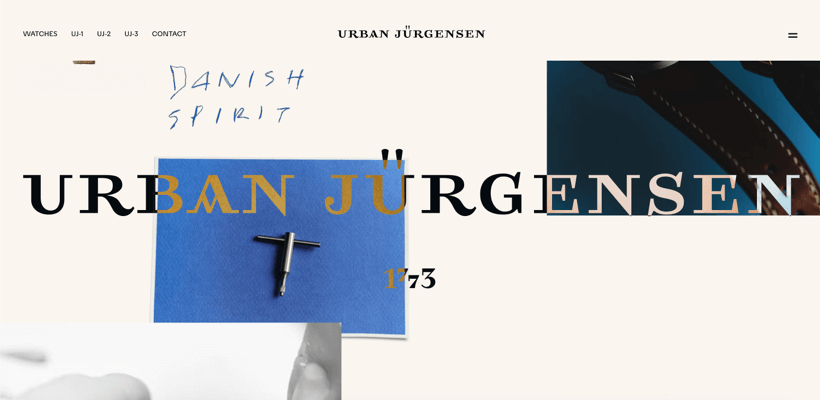 As AI increasingly shapes the way we design and produce digital content, 2026 will see humanization of the web.
As AI increasingly shapes the way we design and produce digital content, 2026 will see humanization of the web.
Brands will seek to differentiate themselves from machine-generated uniformity by embracing imperfections – handwritten typography, rough sketches, and freeform doodles will make their way into mainstream web design. These elements evoke a sense of authenticity and personal connection, reminding users that there are real people behind the pixels.
Websites will feature handwritten notes in hero sections, custom-drawn icons, and spontaneous brush strokes layered over clean layouts. These human marks will not just serve as decoration but as emotional connectors, softening the precision of digital interfaces and adding warmth to brand storytelling. By weaving raw creativity into structured design, companies will visually communicate honesty and individuality – qualities users increasingly value in a world saturated with algorithmic perfection.
Transformative Teal
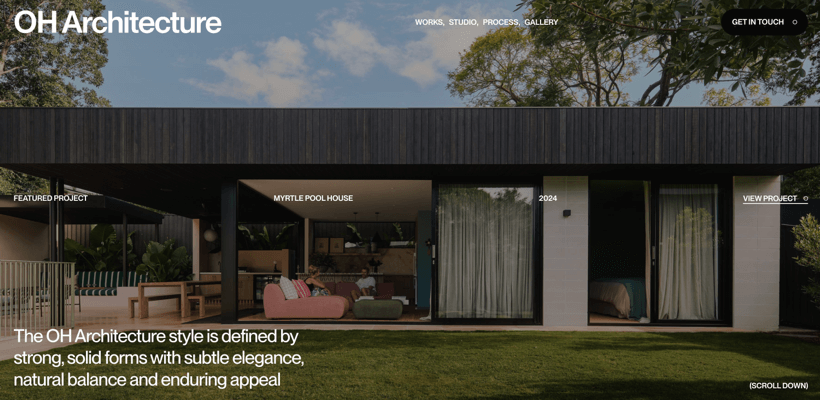 The official color of 2026, Transformative Teal, will become a key part of many website designs. The color, mixing the calm of blue with the natural feel of green, reflects an “Earth-first” mindset that’s both peaceful and modern.
The official color of 2026, Transformative Teal, will become a key part of many website designs. The color, mixing the calm of blue with the natural feel of green, reflects an “Earth-first” mindset that’s both peaceful and modern.
Web designers will combine it with deep earth tones, ocean blues, and soft sky shades to create websites that feel natural, safe, and relaxing.
With people’s attention spans getting shorter, businesses will look for ways to make visitors feel calm and welcome instead of overwhelmed. Using teal-based color palettes helps build trust and peace of mind. In 2026, websites will focus less on standing out through loud visuals and more on creating a sense of balance and comfort for their users.
Orange is the new black
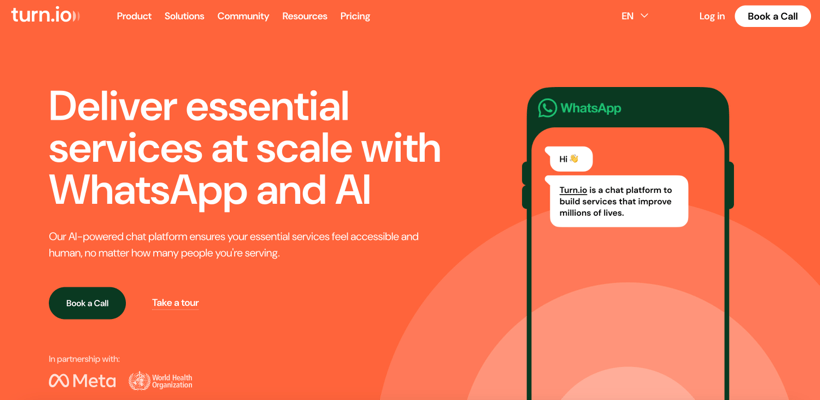 After years of being overlooked, orange is making a strong comeback in web design. But this time, it’s not the bold, flashy orange of the past – it’s a softer, pastel version that feels warm and modern. Designers are rediscovering how this color can bring energy and optimism to digital spaces without overwhelming users.
After years of being overlooked, orange is making a strong comeback in web design. But this time, it’s not the bold, flashy orange of the past – it’s a softer, pastel version that feels warm and modern. Designers are rediscovering how this color can bring energy and optimism to digital spaces without overwhelming users.
In 2026, we’ll see more websites using calm shades of orange as accent colors or even as the main visual tone. It pairs beautifully with neutral backgrounds, adding just enough vibrancy to draw attention while keeping the overall feel balanced. This renewed use of orange helps brands stand out and communicate creativity, friendliness, and confidence in a world full of cold and minimal designs.
AI-inspired minimalism
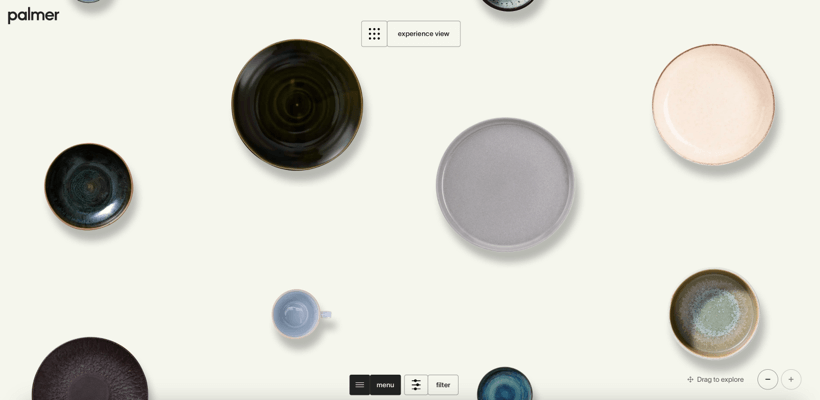 Minimalist design has been popular for years, helping websites stay clean and easy to use. But in 2026, we’ll see minimalism evolve even further under the influence of AI-driven interfaces. Inspired by how users interact with platforms like OpenAI or Perplexity, web design will move toward simplicity that focuses on a single, clear action instead of many small controls and options.
Minimalist design has been popular for years, helping websites stay clean and easy to use. But in 2026, we’ll see minimalism evolve even further under the influence of AI-driven interfaces. Inspired by how users interact with platforms like OpenAI or Perplexity, web design will move toward simplicity that focuses on a single, clear action instead of many small controls and options.
This shift is not just about aesthetics – it’s about reducing cognitive load. With users’ attention spans getting shorter, websites will favor smart, focused experiences that guide visitors effortlessly to what matters most.
Expect to see cleaner layouts, fewer buttons, and more predictive or conversational elements that reflect the natural, efficient flow of AI interaction.
3D graphics
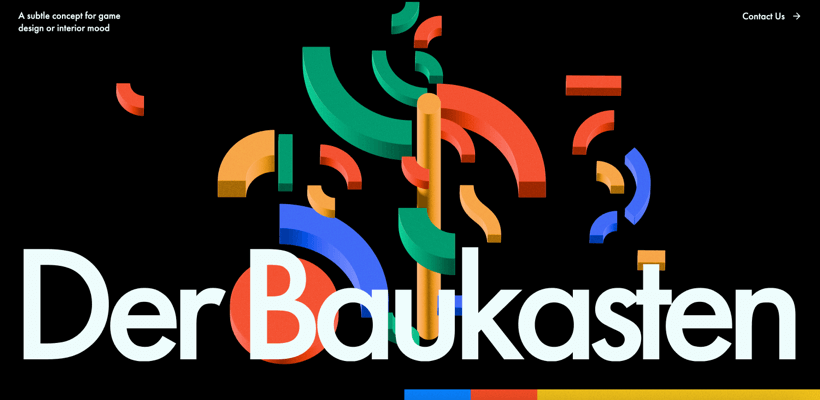 3D design has long been admired but rarely used widely due to its high production costs and technical complexity. That’s about to change.
3D design has long been admired but rarely used widely due to its high production costs and technical complexity. That’s about to change.
With AI-powered modeling and rendering tools, creating detailed 3D elements has become fast, affordable, and accessible to any designer (and beyond). What once required specialized skills and expensive software can now be achieved in minutes with a text prompt and some refinement.
In 2026, we’ll see 3D graphics move from being a luxury feature to a common part of web design. From product previews and interactive storytelling to subtle depth effects in user interfaces, 3D will add realism and engagement without slowing performance.
This democratization of 3D design will blur the line between static and immersive experiences – allowing websites to feel more alive, tactile, and emotionally connected to users.
Afterwords
We’re only at the dawn of the AI revolution, yet its influence is already reshaping every creative field and web design is no exception. In 2026, we’ll see AI take center stage as the driving force behind faster, smarter, and more efficient design workflows. But technology alone won’t define the future.
What will truly stand out are the human touches – the authenticity, emotion, and individuality that connect people to brands. The web of 2026 will be built by machines but inspired by humans, blending automation with artistry. This balance between AI power and human creativity will shape not just how websites look, but how they feel.
